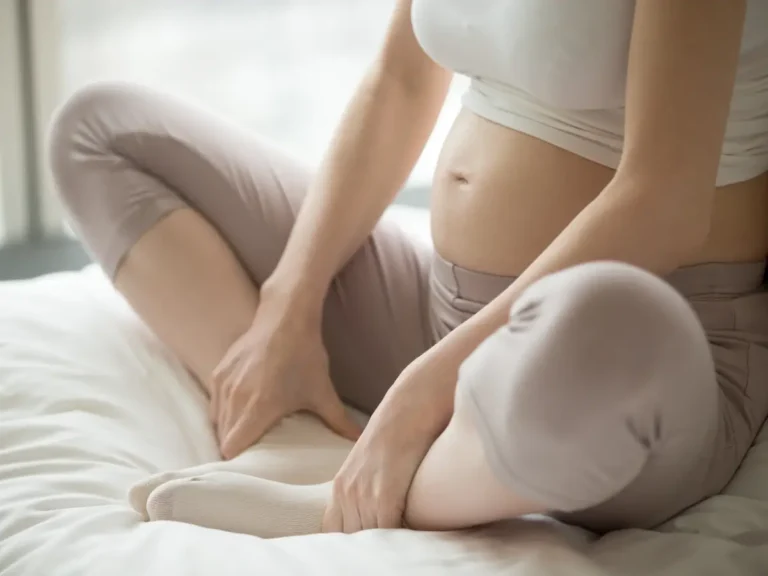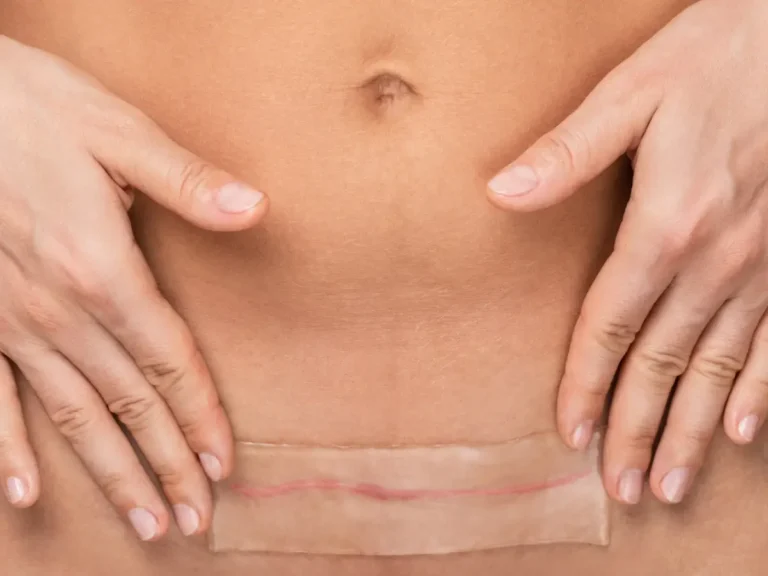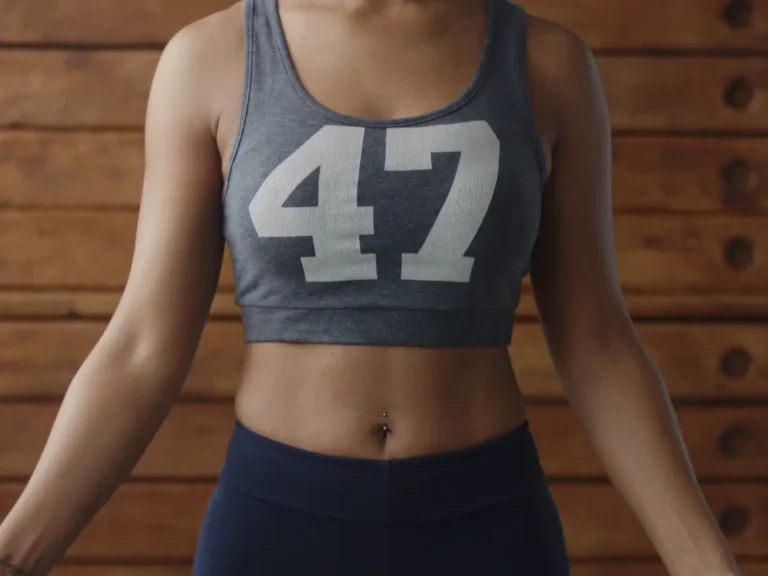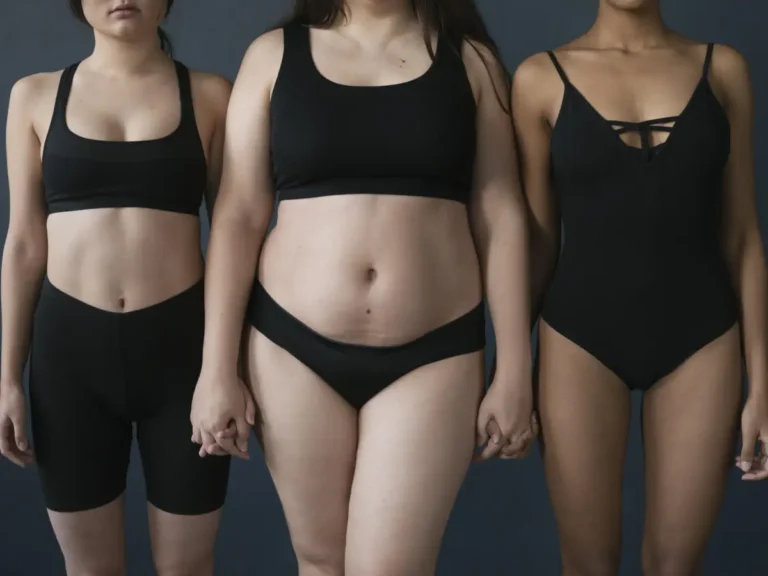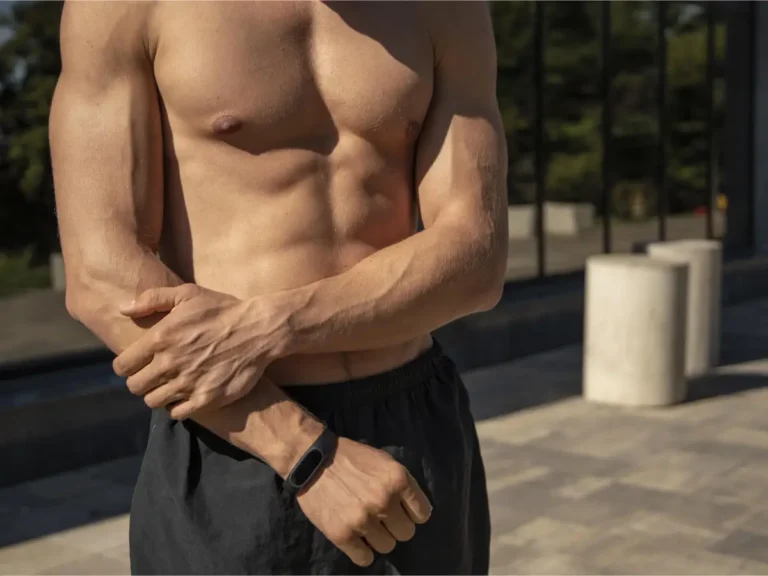The popular cosmetic tummy tuck surgery not only aims to tighten your abdomen; it also reshapes your belly button for a natural, youthful appearance.
Many people are curious about the details and benefits of tummy tuck surgery, including belly button reconstruction, especially those with a certain shaped belly button.
In this content, we will cover everything you need to know about tummy tuck belly button. From the surgery process to recovery tips, including belly button reconstruction and tummy tuck. We will provide expert insights and practical advice.
Whether you are considering the procedure or just want to know more about belly button after a tummy tuck, you will find valuable information here.
Belly Button Appearance After Tummy Tuck
A well-positioned, natural-looking belly button is definitely part of the results you’ll see after a tummy tuck.
As far as how your belly button is manipulated during surgery, in many cases your surgeon won’t need to alter your belly button at all. Instead, a small incision will be made around your belly button so that it’s freed from the surrounding skin.
This way, it acts like a “stalk,” remaining attached to the muscle underneath it but not actually moving its position.
Ultimately, your belly button will stay in the same place and look the same after surgery. Only the skin around the belly button will be moved and repositioned.
This is typically what happens in tummy tucks that don’t require a lot of fat and skin removal and only minimal changes to the underlying abdominal muscles.
In some cases, during surgery, your surgeon will likely re-drape the surrounding skin around and above your belly button, then create a new opening within the skin where your belly button will be placed. The belly button is then carefully reattached for a more natural result.
How to Prevent Inverted Belly Button After Tummy Tuck
One sign that your tummy tuck is not working is an unnatural looking belly button. A good plastic surgeon aims to make your belly button look as natural as possible. This requires careful planning and execution.
For example, the position should be proportionate, neither too high nor too low, and the belly button should be relatively small to fit in with the overall aesthetic of the abdomen.
In some cases, patients may also request that their “outer” belly button be changed to an “inner” belly button.
This procedure can be combined with a tummy tuck for those who wish to do so. By understanding the complex steps involved in a tummy tuck, you can appreciate why the belly button is such an important part of the procedure. Ensuring that it looks natural is essential to achieving the best possible results.
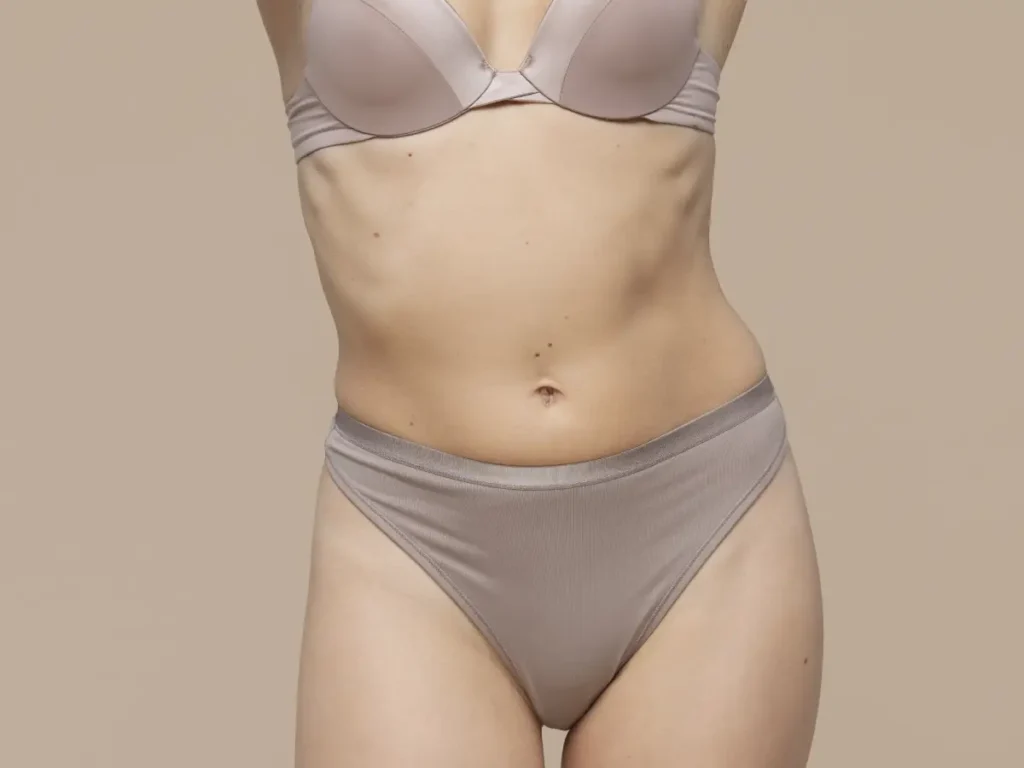
How to Choose the Best Belly Button Shape for Tummy Tuck
There are a few factors that contribute to a natural-looking belly button after a tummy tuck. First, you should look for a licensed, board-certified, and experienced plastic surgeon to ensure the best and safest results from your tummy tuck. During your initial consultation, ask your plastic surgeon to see photos of his or her tummy tucks and explain what you like or dislike about the belly button you see. This step will help you set realistic expectations for your tummy tuck that balance the aesthetic appearance you desire with what can be achieved with your unique anatomy.
What is the difference between a floating tummy tuck and a standard tummy tuck?
The umbilical cord tummy tuck results in less noticeable scarring than a traditional tummy tuck because there is no incision around the navel to reposition it. Instead, the navel is moved slightly down on its natural leg, and the main incision is hidden just above the pubic area. This makes the scar easier to hide under clothing and swimwear.
Explore Similar Health Concerns: Panniculectomy vs Tummy Tuck
How to Care for Your Belly Button After Tummy Tuck
Post-Surgical Care
Patients must follow specific post-surgical care instructions. You should always keep your belly button area clean and dry. Use very mild soap and water to clean the area carefully. Pat dry with a soft towel to avoid irritation.
Surgeons also recommend applying an antibiotic ointment. This helps prevent infection. You should change your bandages regularly to keep the area clean. You should also avoid strenuous activities for at least six weeks. Walking lightly can help with circulation and reduce swelling.
Healing Timeline
The final appearance of a tummy tuck belly button takes time. It can take several months for the swelling to completely subside. Initially, the belly button may look swollen or misshapen. Factors such as age, skin type, and overall health also affect the speed of healing.
Long-Term Care
Long-Term Care is essential to maintaining the desired results. Therefore, it is recommended to apply sunscreen with a high SPF to the scar. Maintaining a healthy lifestyle also helps maintain the results of a tummy tuck. A balanced diet and regular exercise help prevent weight gain, which can affect the outcome of surgery.
The Risks of Belly Button During Tummy Tuck
While most tummy tucks go without problems, knowing the potential complications can help you act quickly if they do occur:
Infection: Signs include redness, pus, or unusual discharge from your belly button. Contact your doctor immediately if these complications occur.
Poor healing: If your belly button feels too tight or too open, or if you notice blood at the incision site, seek medical advice.
Distorted appearance: Sometimes, your belly button may look “unnatural” or hard from the back. This can be a sign of complications such as pseudobulbs, which are thick scar tissue that forms under the skin.
Pain: Persistent or increasing pain around the scar usually indicates a problem and should be evaluated by a surgeon.
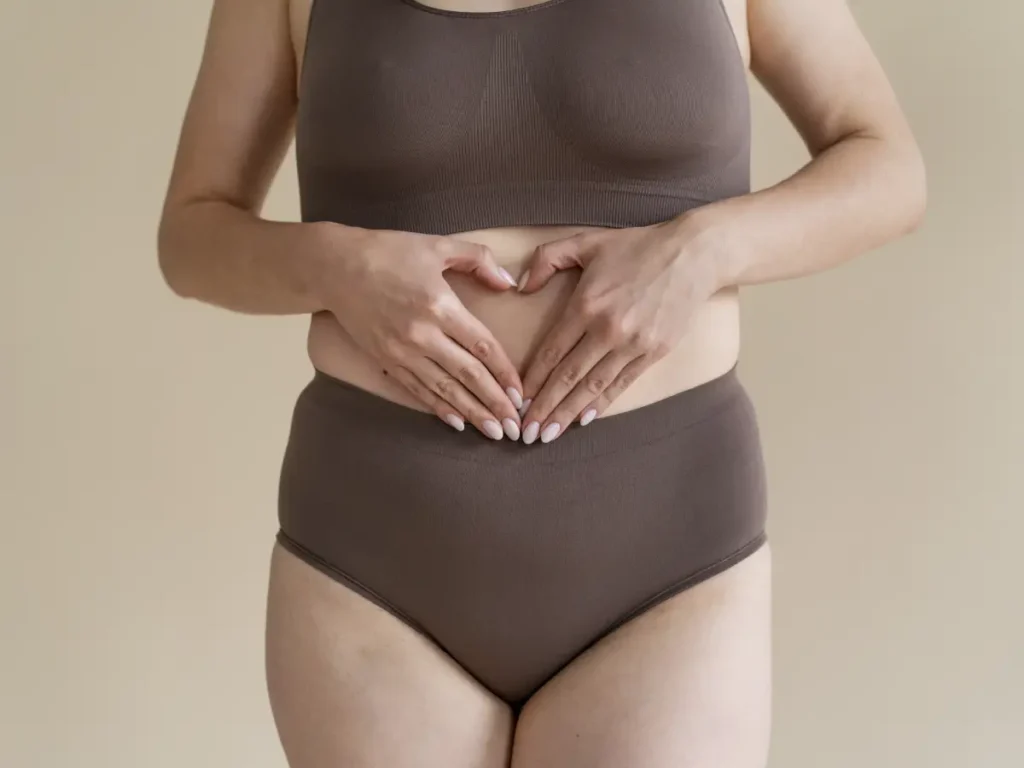
Signs of Infection in Your Belly Button After a Tummy Tuck
A belly button infection after a tummy tuck can occur when bacteria enter the surgical incision site and cause an infection. This can be caused by poor wound care, poor hygiene, or a weakened immune system.
Symptoms of an infection may include redness, swelling, warmth, pain, discharge, and a foul odor around the belly button area. If left untreated, the infection can lead to serious complications, such as tissue damage, delayed healing, and spread of the infection to other parts of the body.
To prevent and manage a belly button infection after a tummy tuck, it is important to follow your post-operative care instructions carefully. This may include keeping the incision site clean and dry, taking prescribed antibiotics, and monitoring for any signs of infection.
Can You Keep Your Original Belly Button After a Tummy Tuck?
It’s a question that comes up in almost every tummy tuck consultation. Usually, patients keep their belly button as is; it is the skin and surrounding tissue that is rearranged. It really depends on your specific case. But as a general rule, surgeons aim to keep your original belly button during a tummy tuck.
Ready to try? Book a consultation with a qualified surgeon. The body of your dreams is just one step away. If you have any questions or need more information, don’t hesitate to contact us at Medconsulto. You deserve to look your best!


